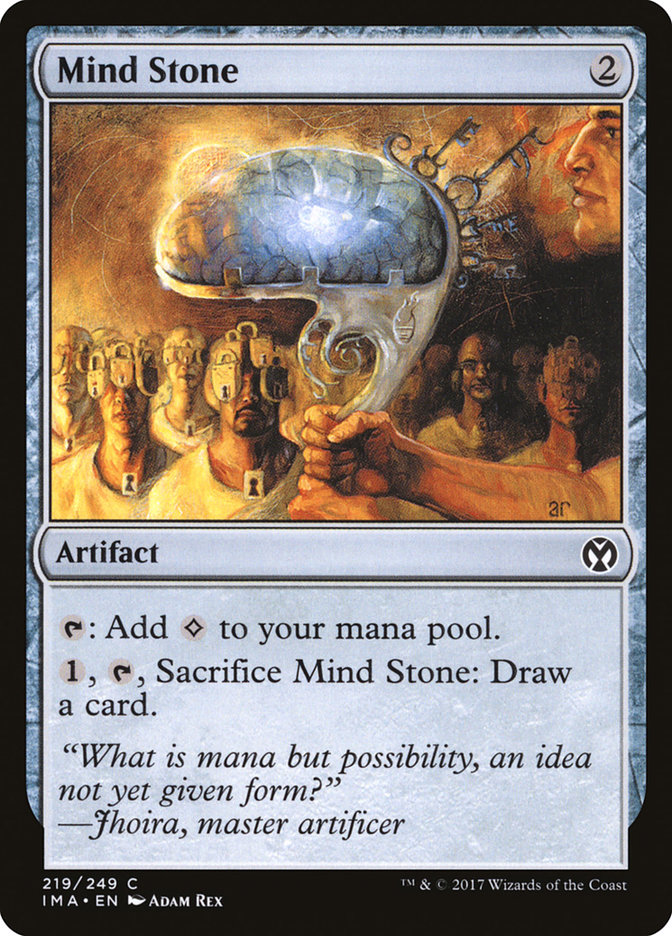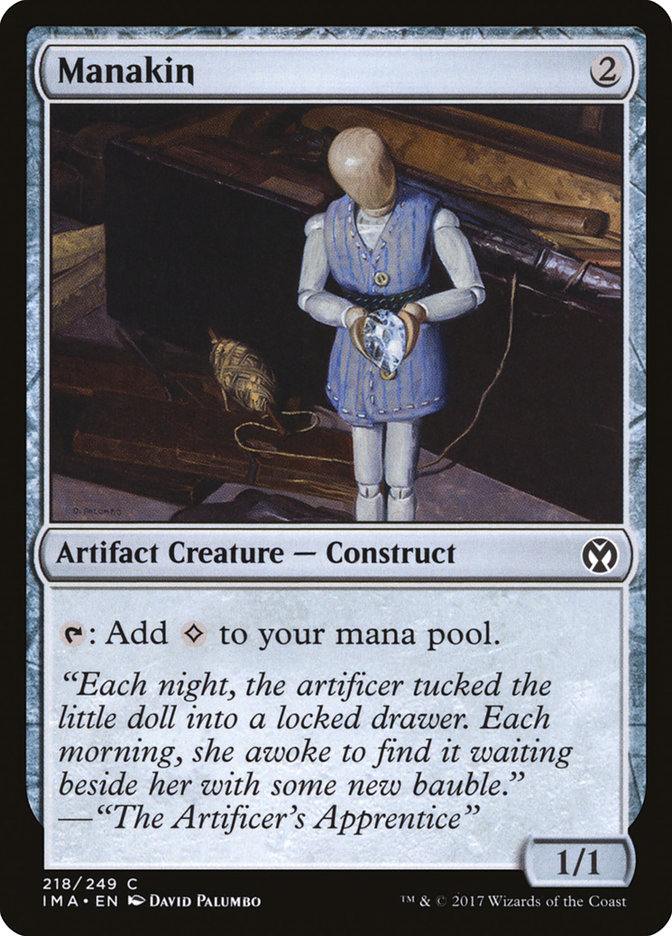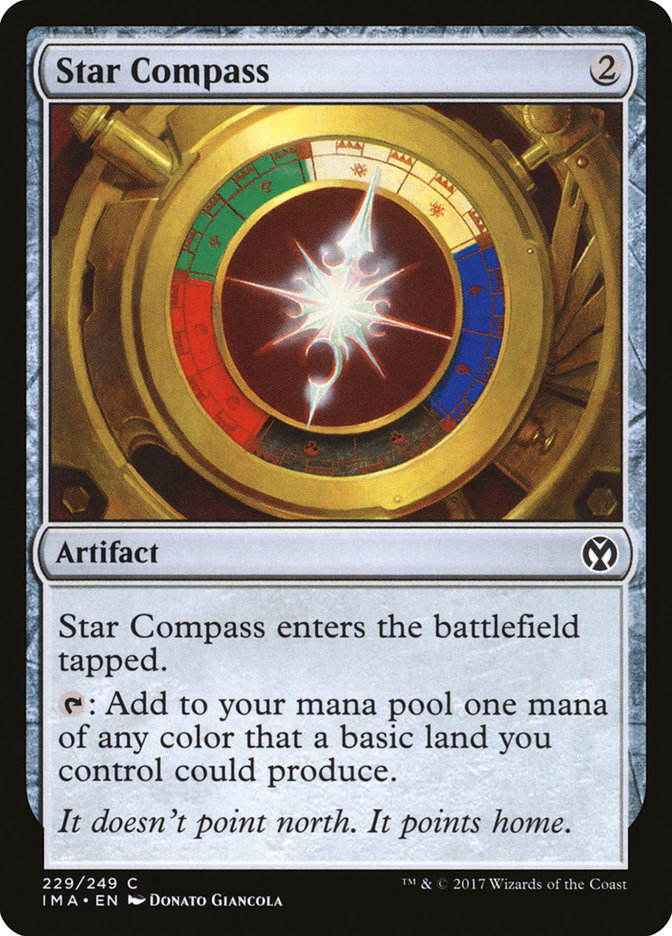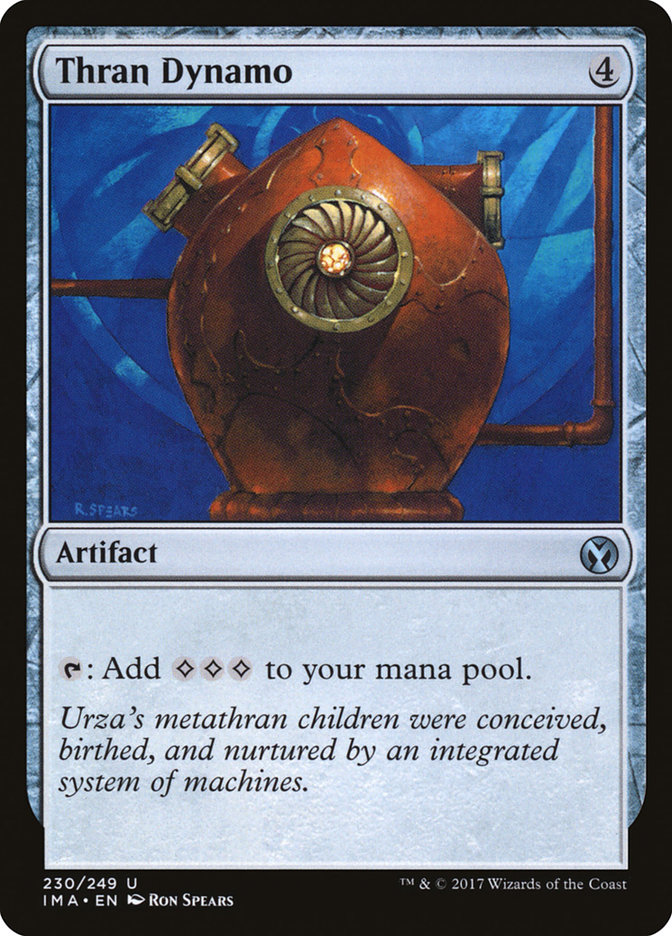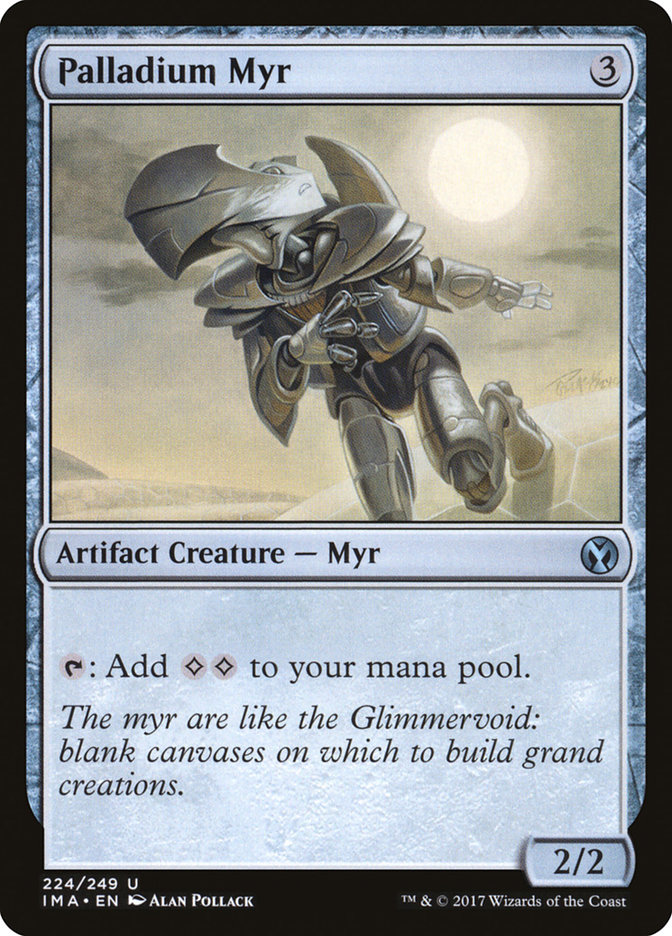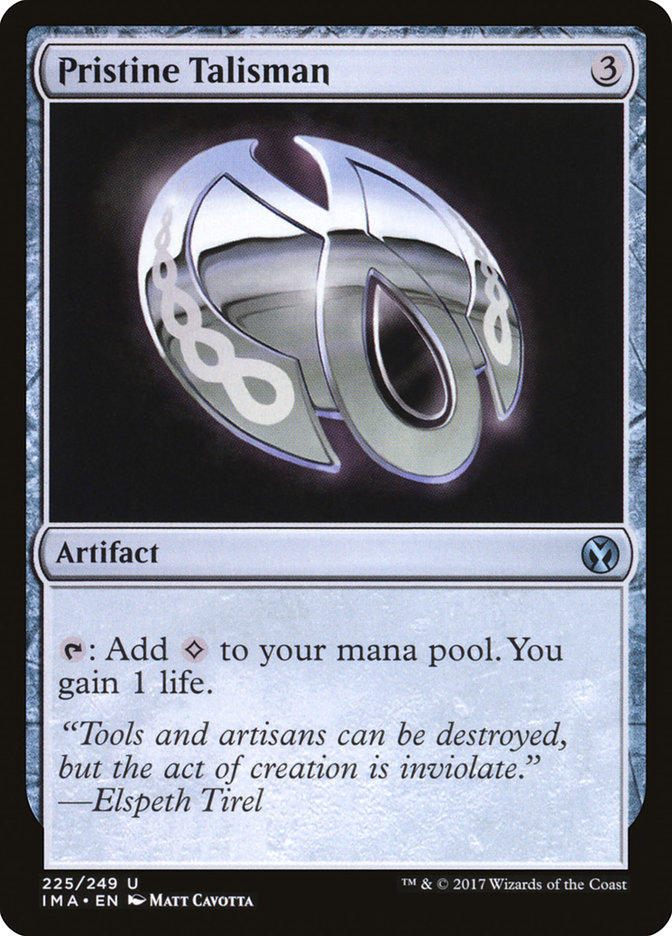All right, so Ixalan is getting a little bit stale at this point. Luckily, Iconic Masters is coming soon! Until the set releases and I can get my hands dirty with some drafts, it’s time to speculate on how the format will turn out in order to get ahead for the first week it releases. You see, while Masters sets are still tested and designed for Limited, they aren’t tested as extensively as Standard-legal sets. This, combined with the abundance of powerful cards, means it’s often more feasible to “break” the format, or at least get some advantage.
There are three two-mana colorless commons that ramp you. This can really warp a format, as it may mean three-drops just aren’t necessary in non-aggressive decks as you can consistently jump from two to four. This could mean that aggressive decks were just stomping the late-game decks, so a variety of commons were added in order to facilitate quicker stabilization. Or just that there are a lot of late-game strategies, so these cards will be contested.
Okay, so it may go even deeper, as additional colorless uncommon support suggest extremely dedicated ramp decks in a variety of colors. Thran Dynamo is an extremely powerful card, and if you’ve ever played Cube, you know that it’s worthy of first-picking. This is format-dependent, though. I tend to shy away from ramp decks in Limited because of how much air they require; you can really draw the wrong half of your deck. So while I’m skeptical of the giant go-big decks, it’s clear that there is support, and with the right density of cards, they may be a force to be reckoned with.
So will the aggressive decks dominate, or is there enough payoff to justify some sweet durdling? It’s difficult to tell right now, but the support is there for both ends of the spectrum. It’s possible both archetypes exist in harmony, but it’s also possible that one is a substantially better approach than the other. Remember that in Modern Masters 2017, the whole format was about the durdle and aggressive decks rarely came together. It isn’t always this polarizing, but it certainly can be.
I’m not going to try and answer which avenue is better yet, but rather what we can glean about this tension from the known archetypes. Let’s take a look at what each archetype is supposed to do (taken from here):
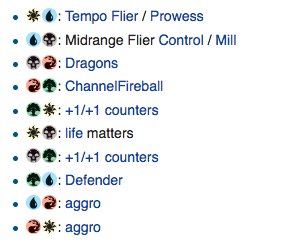
The first thing I notice is that there are only two dedicated aggressive decks. Of course, any deck can be built aggressively, but the default for other archetypes will likely lean towards midrange, although it’s entirely possible that U/W is almost always very aggressive as well.
Furthermore, this means that both green and black will rarely yield aggressive decks. So if the format is hostile towards non-aggressive decks, it’s possible that the best approach to this format is to prioritize tempo-oriented cards and stay within the Jeskai shard when possible. And similarly, if this format is reminiscent of Modern Masters 2017, then starting with green or black cards could be advantageous.
But what if the format is more balanced? Well, white, blue, and red all also belong to non-aggressive pairs. In theory, these colors are more flexible in regards to what they can do. This can manifest itself in two ways. Sometimes the colors are too far spread and hence have too many cards that, while mono-colored, only really fit in one archetype. But the alternative is that these colors provide a more open approach to the draft and may end up in a tier above green and black as long as the format is well-balanced.
While this analysis doesn’t really yield anything concrete at the moment, it’s an interesting thing to consider at the beginning of the format. This sort of color disparity can facilitate approaching the draft in a manner that increases the probability you play your first couple of picks, and in a set with an abundance of powerful cards, this is quite valuable.
Many players approach Limited just looking to find the best archetypes and cards for any given format. But I like to approach a format by trying to get an edge through an understanding of what each color is capable of, and altering my priorities during the draft to increase the probability that I end up with one of my preferred strategies (note: not necessarily an archetype). Hopefully this article gave a glimpse into what that kind of thinking looks like!


